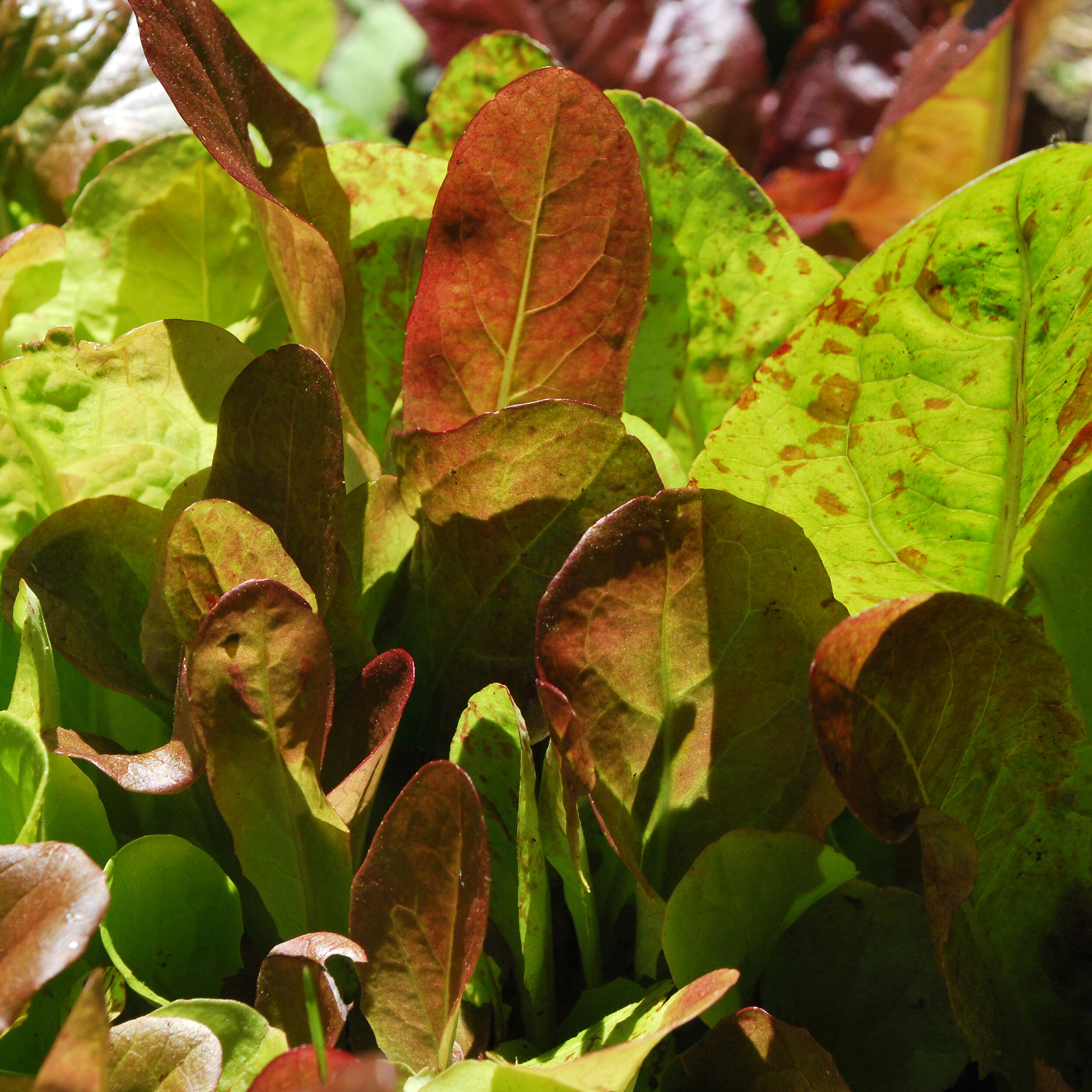We are so lucky in the Pacific Northwest to be able to grow veggies nearly year-round (with a little help from season-extending materials) but the fact is that many vegetable gardeners don’t take advantage of the opportunities that exist in mid-to-late summer to plant vegetables for fall and even extra-early spring harvests. This guide will help you get started.
How to Grow Garlic
Sure, you can buy garlic, but for the best flavor - and an incredible sense of satisfaction - nothing beats growing it yourself. Unlike most vegetables, garlic is planted in the fall but not harvested until the following summer, making it a very long-season crop that’s worth the wait. In fact, it can be very encouraging to plant something new in late fall when all around you, most plants are fading in anticipation of winter.
Planting Fall Cover Crops
With the advent of September and autumn, the cooler nights are a time to give yourself a brief respite after the summer and refresh your vegetable garden with a cover crop. Cover crops, also called green manure, are very beneficial to the "tilth" (structure, or physical suitability for planting) of your soil. Sown in the fall, usually late September, cover crops will enhance soil over the winter. They attract pollinating insects, break up heavy soil, add organic material and decrease the number of weeds.








